
Harriette Tubman
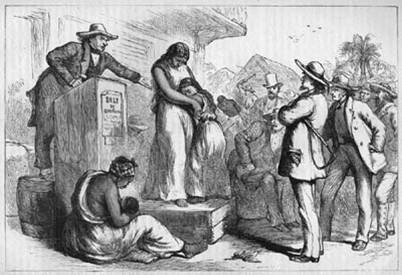
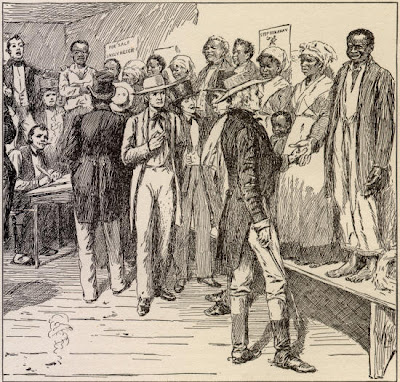
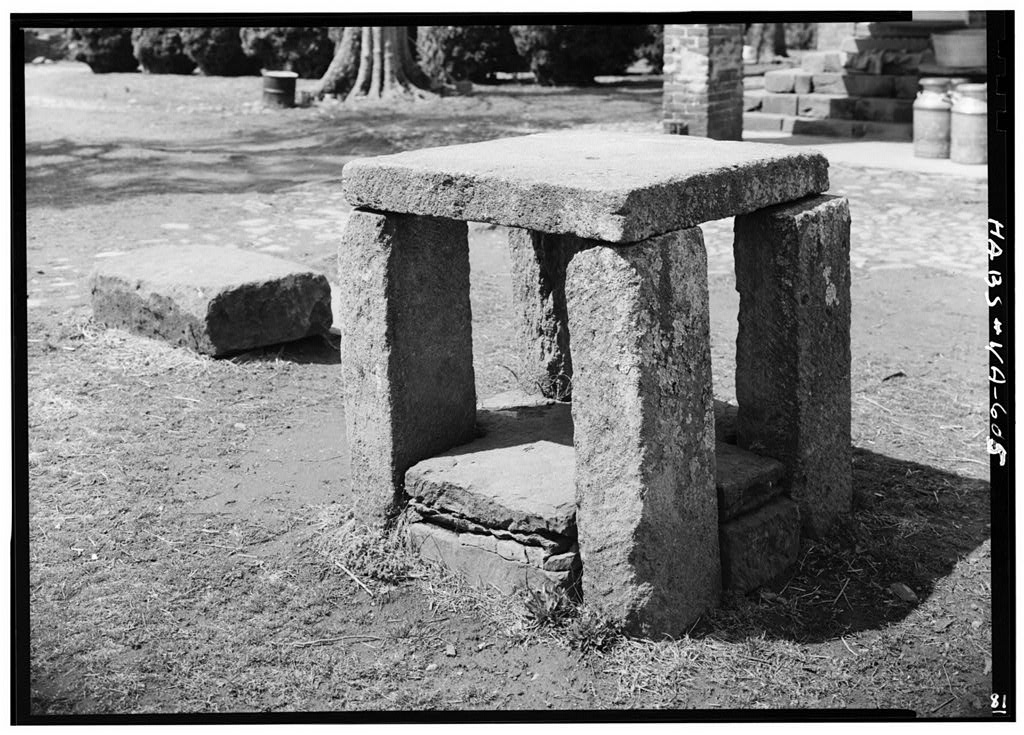
* See where the auction blocks once stood and find out what actually took place in the nation's capital!
Benjamin Bannaker

* Discover the skilled Black craftsmen who built the White House,
U.S Capitol,

Library of Congress and other buildings! Come aboard and see the never before seen photos!
The famous Tidal Basin sea wall and the Tidal Basin Bridge where the yearly Cherry Blossom Festival is held was designed and
built by Archibald Alexander, a Black engineer who owned his own civil engineering firm.
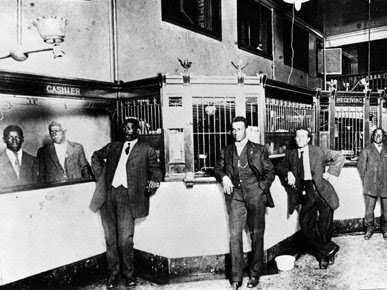
* Discover Black owned banks, hotels, magazines, restaurants, and insurance companies created, built, and owned by Black entrepreneurs!
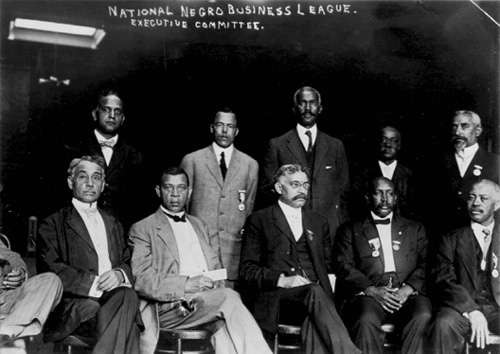
* Discover local and national heroes, see their homes and neighborhoods and find out how they changed America!

* We are the first to present the never before seen photograph of Phillip Reid, the famous Black engineer who cast the

Statue of Freedom atop the U.S Capitol!
Sojourner Truth and President Abraham Lincoln in 1864;
discussing Abolition of Slavery and the State of Blacks in America

George Washington was born into a world in which slavery was accepted. He became a slave owner when his father died in 1743. At the age of eleven, he inherited ten slaves and 500 acres of land. When he began farming Mount Vernon eleven years later, at the age of 22, he had a work force of about 36 slaves. With his marriage to Martha Custis in 1759, 20 of her slaves came to Mount Vernon. After their marriage, Washington purchased even more slaves. The slave population also increased because the slaves were marrying and raising their own families. By 1799, when George Washington died, there were 316 slaves living on the estate.
Slaves played an integral role in Mount Vernon's history. Although little written documentation exists from the slaves themselves, much is known about their lives through primary documents left by Washington and visitors to Mount Vernon. The skilled and manual labor needed to run Mount Vernon was largely provided by slaves. Many of the working slaves were trained in crafts such as milling, coopering, black smithing, carpentry,and shoemaking. The others worked as house servants, boatmen, coachmen or field hands. Some female slaves were also taught skills, particularly spinning, weaving and sewing, while others worked as house servants or in the laundry, the dairy, or the kitchen. Many female slaves also worked in the fields. Almost three-quarters of the 184 working slaves at Mount Vernon worked in the fields, and of those, about 60% were women.
The work-day at Mount Vernon was from sunrise to sunset, with 2 hours off for meals. Sunday was a holiday. Slaves also received 3-4 days off at Christmas, and the Monday after Easter and Pentecost as holidays. If a slave was required to work a Sunday during harvest, Washington would allow them a day off later, and sometimes compensated them with pay. Read more...
* Come aboard and experience the untold story, and find out the secrets they didn't want you to know!

* NEW! We now offer have fun tours with Segway i2s!







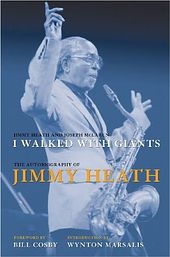























You need to be a member of WASHINGTON DC JAZZ NETWORK to add comments!
Join WASHINGTON DC JAZZ NETWORK